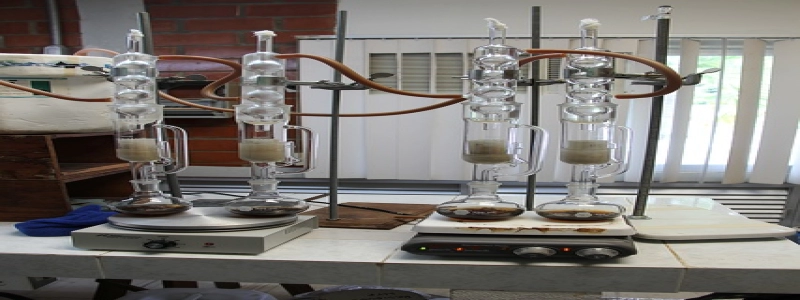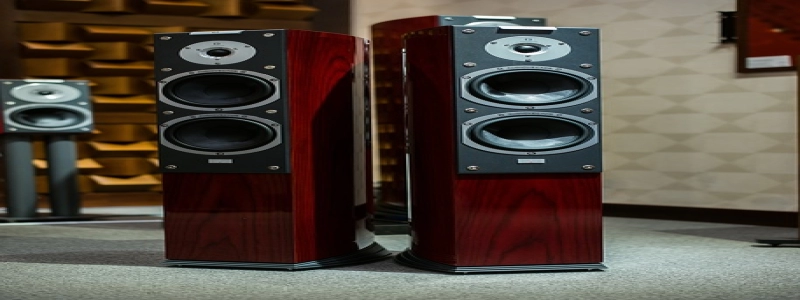Electrical Box Connector Types
การแนะนำ
When it comes to electrical installations, one crucial component that often goes unnoticed is the electrical box connector. These connectors play a vital role in ensuring safe and secure connections between electrical wires, cables, or conduits within an electrical box. This article aims to provide an overview of various types of electrical box connectors commonly used in residential and commercial electrical installations.
Types of Electrical Box Connectors
1. Wire Nuts
Wire nuts, also known as twist-on wire connectors, are one of the most widely used types of electrical box connectors. These connectors consist of a plastic cap with an insulating liner and a metal coil inside. They are used to join two or more wires together by twisting the wires and then securing them with the wire nut. Wire nuts come in various sizes to accommodate different wire gauges, making them highly versatile and suitable for a wide range of applications.
2. Push-In Connectors
Push-in connectors, as the name suggests, allow for quick and easy connections without the need for twisting or screwing. These connectors feature a spring-loaded mechanism that securely holds the wires in place when inserted into the connector. Push-in connectors are especially popular for their time-saving benefits and are commonly used in residential electrical installations.
3. Crimp-on Connectors
Crimp-on connectors, also known as crimp terminals or lugs, are often used in industrial and commercial electrical applications. These connectors require a crimping tool to secure the wires. The crimping process compresses the connector onto the wire, creating a strong and reliable connection. Crimp-on connectors are available in various types, such as butt connectors, ring terminals, spade terminals, and pin terminals, catering to different wiring needs.
4. Split Bolt Connectors
Split bolt connectors are used for joining large gauge wires together. These connectors consist of a bolt-like structure with a split barrel. The wires are inserted into the barrel, and the bolt is then tightened to create a secure connection. Split bolt connectors are commonly used in applications where high electrical currents are involved, such as grounding connections or connecting large electrical cables.
5. Compression Connectors
Compression connectors, also known as compression lugs or fittings, are widely used in electrical installations where a strong and durable connection is required. These connectors feature a hollow barrel, which is crimped onto the wires using a compression tool. This compression creates a tight and solid connection that is resistant to vibration and corrosion. Compression connectors are commonly used in outdoor or underground electrical installations.
บทสรุป
In conclusion, electrical box connectors are essential components in ensuring safe and reliable electrical connections. Wire nuts, push-in connectors, crimp-on connectors, split bolt connectors, and compression connectors are some of the commonly used types of electrical box connectors. Understanding their features and applications can help electricians and DIY enthusiasts make informed decisions when selecting the appropriate connector for their electrical installations. Remember, choosing the right connector is crucial for maintaining the integrity and longevity of the electrical connections.








